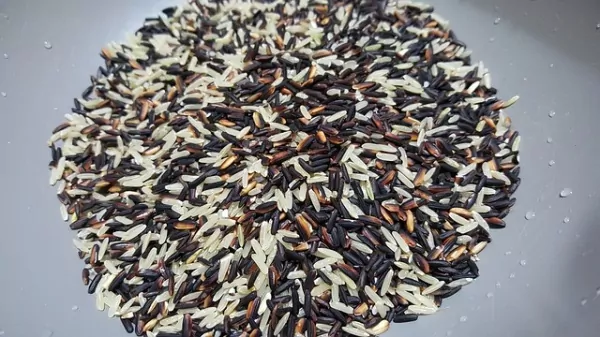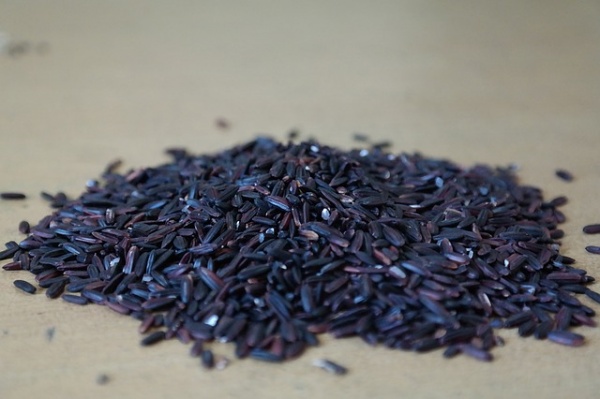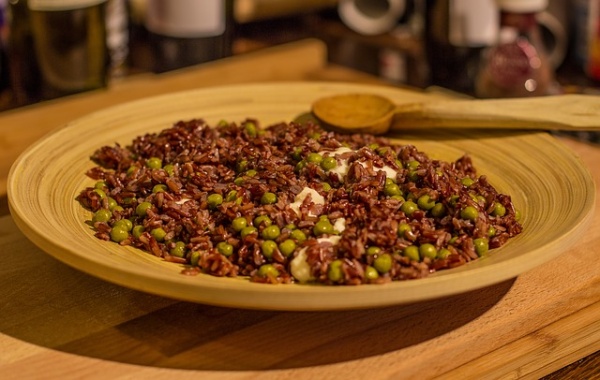White, Black, Brown or Red: What Is the Difference When it Comes to Rice?
When it comes to varieties of rice, you have probably already noticed that they can differ in color. But is that all there is to it? As it turns out, the color of your rice is much more important than you think because there is a huge difference in the benefits of nutrition for each type.
Here is a look at white, black, brown and red rice so you can see how they stack up against each other.
White rice
Perhaps you already know that white rice is highly refined. Because of the heavy milling process, the rice loses the most nutritious parts of the grain. Those parts, bran, and germ, are full of fiber, essential fats, and B vitamins.So basically, it is just empty calories. But that is not even all. This carb-heavy staple is treated with additives, which are harmful to your body. If you like rice, the best thing you can do is keep reading to find a healthier solution.
Read also – 7 Diet Changes to Fix Your Biggest Digestive Woes
Black rice
In ancient China, black rice was once forbidden to all except for royalty. However in modern times, with much thanks to food trends that have driven the demand for healthier options, black rice is now back on the table. It is even more nutritious than brown or red rice, containing more fiber, antioxidants, vitamin E, protein, phytonutrients, and iron.Experts believe black rice to be good for your organs, particularly your stomach, kidneys, and liver. Additionally, it contains a high level of anthocyanins, which significantly lower your cancer risk. Those that have diabetes or high blood pressure should enjoy more black rice as it has a low sugar content.
Brown and red rice
Brown and red rice are very similar to each other, particularly when it comes to their nutritional elements. The bran and germ for both of these types of rice remain intact, which means so do the beneficial nutrients found in these types of rice.One of the key differences though is that brown rice is more readily available around the world. Red rice is a little more difficult to find, hence more expensive. With either brown or red rice, you are looking at fantastic sources of B vitamins, fiber, zinc, iron, calcium, selenium, and other outstanding nutrients. Red rice is slightly more beneficial since it has more antioxidants responsible for fighting away damaging free radicals.
Both brown and red rice feature a full fiber content that aids in strengthening the digestive system. That keeps your carbs from converting into blood sugar, which is why it is a great choice for those with type 2 diabetes.
Read also – 9 Health Benefits of Eating Brown Rice
And let’s back-track for a moment to selenium. Both red and brown rice have this incredible antioxidant that keeps your body healthy, greatly reducing your chance of cancer and cardiovascular problems. Not to mention it is a fantastic anti-aging element.
The next time you make rice for dinner, try using red, brown, or black rice instead of white rice for a healthy whole grain that does the body good.




